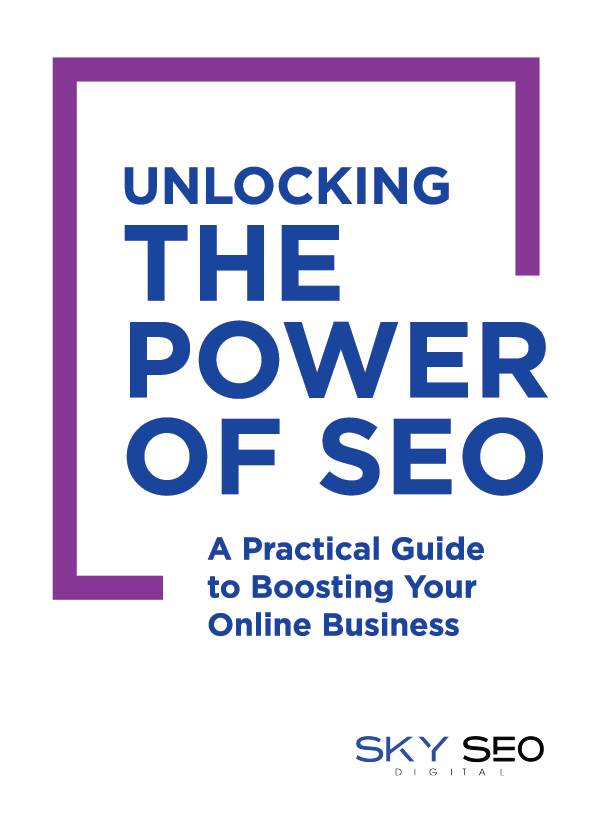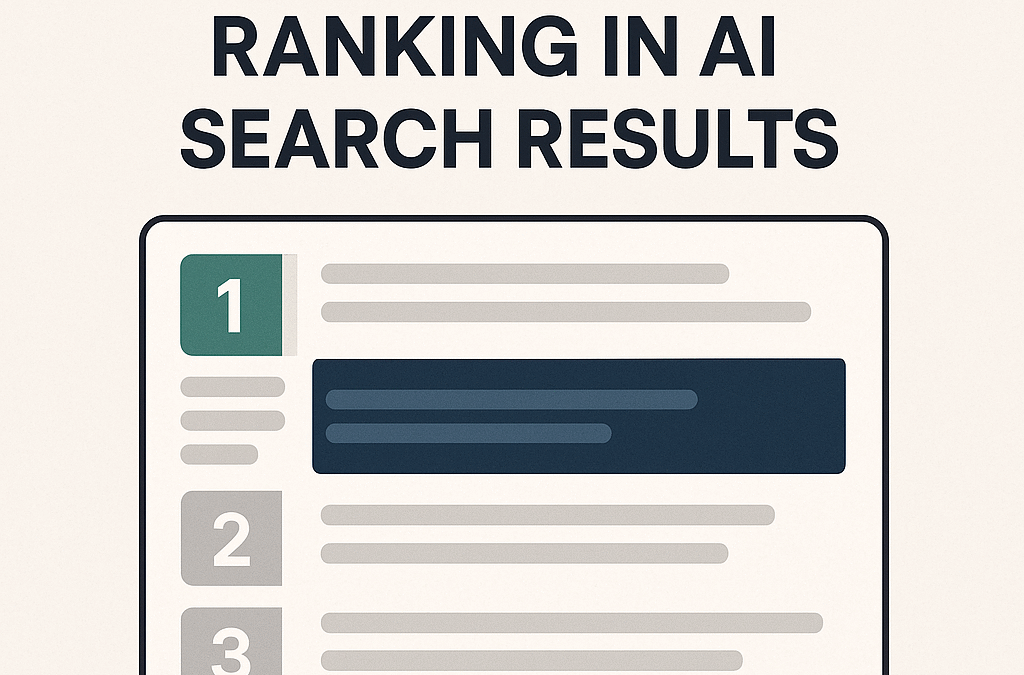Organic SEO traffic is the holy grail for many businesses that want to be found online by potential customers without having to pay for ads. To increase organic SEO traffic, businesses need to focus on creating a comprehensive strategy that covers everything from on-page optimization to off-page promotion. Here are ten effective ways to boost your organic SEO traffic:
1. Dive Deep into Keyword Research
Keyword research isn’t merely identifying high-volume terms. It’s about understanding audience intent, evolving trends, and bridging gaps in the market.
- Tools to Consider: Google Keyword Planner, Ahrefs, and SEMrush shine in their capabilities. While Google Keyword Planner offers insights directly from the source, Ahrefs provides a deeper competitive analysis.
- Example: For a local pet store, keywords like “organic dog food in [city]” or “eco-friendly pet toys” might be lucrative areas to explore based on audience searches.
- Takeaway: Think of keywords as the building blocks of your digital strategy, ensuring a mix of broad and niche terms.
Pro tip: Don’t always target short-tail keywords or head terms. It can make more sense, and be a lot easier, to rank for “how to build your own website” than “web design”. And sometimes long-tail keywords can have better intent, and be more transactional.
2. Embrace High-Quality Content Creation
Informative, engaging content isn’t a luxury—it’s a necessity. It positions brands as leaders and fosters trust with audiences.
- Formats: Expand beyond articles. Podcasts, videos, infographics, and interactive content like quizzes can diversify your content portfolio.
- Example: A health and wellness business could host weekly podcasts featuring industry experts, discussing everything from mental health to dietary tips.
Don’t use sub-par content. Spend some time writing your own content, use a writer, or try AI. And be sure to avoid content gaps; every service you offer, for example, should have its own page.
3. Streamline Your Website’s Structure
Organized, coherent website structures aren’t just user-friendly—they’re search engine friendly. The effective organization aids search engine spiders in efficiently indexing content.
- Structural Elements: Hierarchies, breadcrumbs, and clear navigation menus. For example, an e-commerce site selling skincare products should differentiate between skin types, concerns, product categories, and top brands.
Make sure you include all of your important pages in the navigation. Ask a friend or colleague to attempt to find a page on your site, and see how simple or difficult it is.
4. Master the Art of Meta Data
Meta elements are the window displays of the digital world. They compel users to click.
- Why It Matters: Enhanced visibility and relevance in search results. Meta descriptions sprinkled with strategic keywords can be the difference between a click and a scroll-by.
- Example: For a travel blog, a meta might tease: “Discover Europe’s hidden secrets! Off-the-beaten-path locales and tantalizing cuisines await.”
Pro tip: If a page on your site ranks well, but has a low CTR, it could mean the title and description aren’t optimized. Do a reality check, and make sure they’re well-written, and include actions when applicable such as “Book Now” or “Call Today”.
5. Cultivate High-Quality Backlinks
When considering SEO, backlinks are endorsements, votes of confidence from other websites.
- Methods: Guest postings, creating share-worthy content, or even hosting webinars.
- Example: A tech startup can create detailed whitepapers on emerging technologies. Industry experts referencing these documents provide valuable backlinks and authority.
Pro Tip: Check your competitors, and see who links to their sites. You maybe be able to acquire some or all of their backlinks potentially.
6. Optimize Your Visual Content
In the visually-driven digital realm, optimization extends beyond text.
- Components: Alt tags give images a voice. Descriptive file names, optimized image sizes, and even SVG formats for logos and icons can enhance SEO.
- Example: A gardening blog can optimize an image of a blooming rose with an alt tag like “freshly bloomed red rose in summer.”
Pro Tip: Make sure to include an image on every page. And make sure to include alt text for your images; users may find your website via image searches.
7. Harness Social Media’s Power
Social media isn’t just for updates; it’s a traffic-driving tool.
- Engagement Strategies: AMAs (Ask Me Anything) sessions, polls, and user-generated content campaigns.
- Example: A shoe brand launching a new line might host an Instagram AMA with their lead designer, intertwining product promotion with engagement.
Social media is a great way to drive traffic to your site, especially blog posts.
8. Implement Strategic Internal Linking
Seamless interlinking keeps users engaged and circulates site authority.
- Goal: Elevate the content experience, guiding users from introductory topics to in-depth analyses.
- Example: A site on sustainable living can interlink an article on “Benefits of Sustainable Living” with “Beginner’s Guide to a Zero-Waste Lifestyle.”
Pro Tip: Use internal links sparingly. There shouldn’t be multiple links in the same paragraph, and probably no more that 2 to 4 links in article, especially a short one.
9. Enhance with Schema Markup
Schema is SEO’s backstage worker, quietly enhancing content visibility and comprehension for search engines.
- Benefits: Rich snippets, better content representation, and voice search optimization.
- Example: A recipe blog can use schema to showcase prep time, ingredients, and user ratings right in the search results.
Pro Tip: Use the Google Structured Data Testing tool to validate the schema you’ve added.
10. Prioritize Lightning-Fast Loading Speeds
The need for speed isn’t reserved for race tracks; it’s crucial in the digital realm.
- Optimization Methods: Image compression, lazy loading, and leveraging browser caching. Platforms like WordPress have myriad plugins to assist in this.
- Example: An online magazine with high-resolution imagery can utilize image compression tools like TinyPNG to ensure rapid load times without compromising visual quality.
At the end of the day, try to make your website load as fast as you can. Don’t bog it down with large images or videos.
We’re Here to Help!
Using these proven techniques, you can be on the road to increasing your organic website traffic. Need help figuring all of this out? Contact Sky SEO Digital today for a free consultation.









